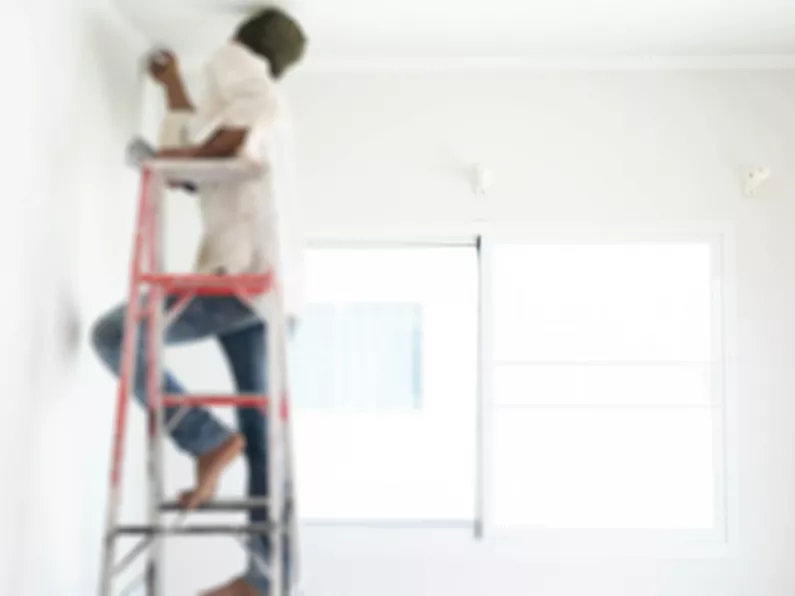Did you ever think that 2023 could be the year you build your own colour palette and transform your home?
Well, get those paint brushes ready because we're here to inspire you.
New year, new you as the saying goes. And that can also mean a new look for your home.
Your colour palette - basically what ties your makeover together - has to suit your style, your personality, and your lifestyle (think creams and pets or young kids!)
But it can be daunting because you want to get it just right.
Here are our 6 top tips for creating the perfect colour palette for your home.
- Find your inspo: This can be tricky as we often love a wide variety of looks and styles that we can admire from afar but which might not necessarily suit our home. Maybe it's the case that you keep the same colours running throughout your home, in which case your inspiration is already under your nose. But if you're really going for it and starting with a blank slate, Pinterest and Instagram are great place to start for inspo.
- Start with soft furnishings: This is an insider tip but it's advised not to select your wall colour first. Wall paints can be inexpensive and can be created in any colour or shade you desire. So best to start with harder to find items such as furniture and rugs or carpets. Once you’ve selected your furnishings you can then move on to wall color. You may decide that you’d prefer your color not to be on your walls, but in your accessories or furnishings instead. Many people prefer this. Others, conversely, prefer more neutral furnishings contrasted by bold and powerful walls.
- Look at the space: Unless you’re doing a radical floor-to-ceiling overhaul, the first place to start when building a colour palette is figuring out what’s staying. Remember, soft furnishings like curtains, blankets, rugs and pillows can be swapped out relatively cheaply and as often as you like. But fixed pieces like floors and countertops need to be worked into your palette if they’re not going anywhere. So you need to pay attention to existing colours and tones in your room to help you create a coordinating colour scheme that all flows together.
- Pick a colour scheme: There are basically four kinds of possible colour schemes. You just need to choose what suits you. It could be monochromatic, a colour scheme that uses tone on tone of the same colour with the addition of white or black to lighten or darken the colour. Analogous uses colours that appear next to each other on the colour wheel, so yellow would be paired with green or orange, and blue with green or purple. Contrast is more dramatic and is bursting with energy. But make sure you're committed! Then there's the complementary scheme where two opposing colours, such as blue and orange, are used together to create a dramatic and bold colour palette.
- Choose the perfect base: The foundation of every palette starts with your base or primary colour, that is the colour you’ll use the most. Since your base makes up the biggest part of your palette, it’s important to choose something relaxing to the eye. Neutrals offer the most versatility because they go with anything and are easy to build on, but that doesn’t mean you HAVE to go white or grey either. Think outside the box with shades like Evergreen Fog, Urbane Bronze, and Naval which all have neutral undertones. And always ask an expert for their help and guidance.
- Use the right tools to decide: As we said, choosing a colour palette can be daunting. But luckily you don't have to go it alone. As we've already said, you can always speak to a paint store employee as they are trained in basic colour theory. Sherwin-Williams also have a fantastic suite of digital tools to help you.
- Snap It™ By Sherwin-Williams: This tool instantly turns any online image into a personalized paint palette. Talk about dreamy!
- ColorSnap® Visualizer for Web and iPad: Zoom into any area on the colour wall, then zoom again to see colours in sample scenes; try colours on your walls right from your iPad; match photos to find paint colours; and use the day and night lighting feature to make sure you know exactly what your colour will look like in your space!
- Paint Color Matching App: ColorSnap® Paint Color App: This sounds almost too good to be true but this Sherwin-Williams tool lets you visualize any of their 1,700 colours on your walls in real time.
- Build your palette: Once you've decided on your base colour and your palette hues, it’s time to get painting. There’s no hard-and-fast rule on how many colours to use, but a great place to start is choosing a secondary and accent colour. If you stick with a palette of three colors, keep the 60-30-10 rule in mind – 60% of the space should be your primary color, 30% should be the secondary color and 10% should be your accent color.








